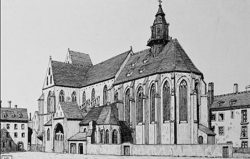Protestantism in France
With about one million members, the Protestant Church ranks third in France after Catholicism and Islam. But there is an uneven spread over the different geographical regions.
Protestant Churches in France
There are Lutheran Churches, Reformed Churches, Evangelical Churches and Pentecostal Churches.
There are also a few Anglican parishes serving Anglo-Saxons living in France.
Protestantism by region
Protestantism is established in two main regions :
- Alsace
In the 16th century this region did not belong to France and thus was spared the Wars of Religion, the Edict of Nantes and its Revocation. Protestant worship continued while it was forbidden everywhere else in France.
In 1918 Alsace and Lorraine regions became French again, but the separation of Church and State, introduced in France in 1905, was not implemented here. They still benefited from the concordat system introduced in 1802. Pastors were paid by the State. Religion was taught in schools. In Alsace Lutheran Churches (ECAAL) were the most numerous, but there were also some Reformed Churches (ERAL).
- Languedoc
In the 16th century Protestantism was very widespread in the south, especially in Languedoc, and was still very strong after the Revocation of the Edict of Nantes. It is one of the regions with the highest number of Protestants. The biggest church is the French Reformed Church.
- The other regions
In other regions, such as Brittany and the Centre of France, Protestantism is very scattered.
Elsewhere in France Protestant churches are to be found mostly in big cities.
The Church federations
Protestant Churches belong to two different federations :
- The French Protestant Federation (Fédération Protestante de France)
Most Protestant Churches and associations belong to this.
- The French Evangelical Alliance (Alliance évangélique française)
Individuals and some, mostly Evangelical, churches created after various Revival movements belong to this.
Some churches belong to the Alliance Evangélique as well as to the Fédération Protestante de France.
Bibliography
- Books
- DENIMAL Eric, Oui, nous sommes protestants, Ligue por la Lecture de la Bible, 2002
- ENCREVE André, Les protestants, Beauchesne, 1993, Tome 5
- ENCREVE André (dir.), Les protestants, Beauchesne, Paris, 1993
- GISEL Pierre (dir.), Encyclopédie du protestantisme, Éditions du Cerf - Labor et Fides, Paris-Genève, 1995, p. 1711
- LEPLAY Michel, Les protestantismes, Armand Colin, 2004
- LEPLAY Michel, Foi et vie des protestants, Desclée de Brouwer, 1999
- MARQUET Claudette, Les protestants, Milan, 1999
- MEHL Roger, Le protestantisme français, Labor et Fidès, 1982
Associated notes
-
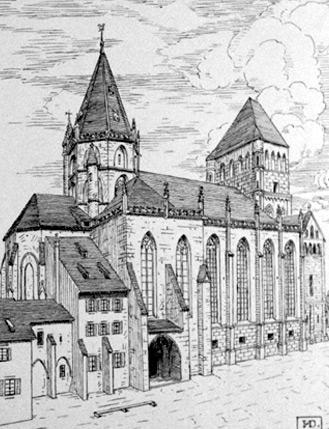
Protestantism around the world
Protestantism comprises a great variety of churches belonging to five main groups. Most have joined a Churches’ Ecumenical Council trying to present a united message. -

The French Protestant Federation (FPF)
Since 1905, the Fédération protestante de France has included most Protestant Churches and Associations. Most branches of Protestantism which have grown up since the Reformation are represented. -

Protestant faith
There are common beliefs to all christians, expressed in the articles of faith of the early Church; however the protestants belonging to the Féderation protestante de France acknowledge six main... -
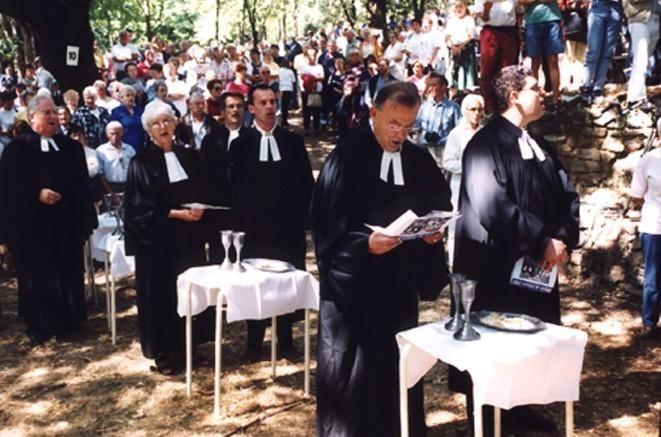
Protestantism today
The most frequently asked questions. -

The radical Reformation in 16th century
The expression “radical Reformation” was given to a complex and multifarious movement that found the lutherans and the swiss Reformers not daring enough, and considered that the Reformation had only... -
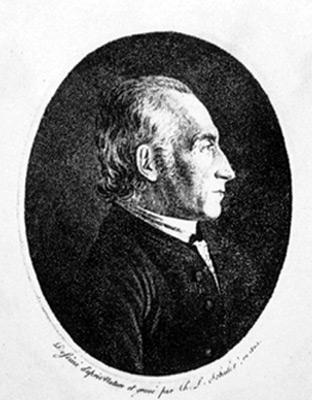
Protestantism in Alsace in 19th century
In Alsace the numerous Lutheran community, as well as the predominant reformed one in Mulhouse, were to be submitted to the same requirements as the reformed churches “inland”. But the... -
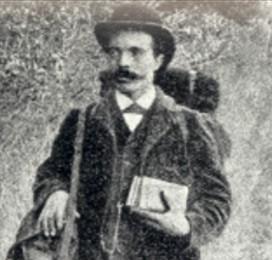
Revival Movements
The 19th century revival movement took shape within the context of romanticism. Its piety is of a more existential and sentimental nature, a piety « revived » when compared to a faith...

